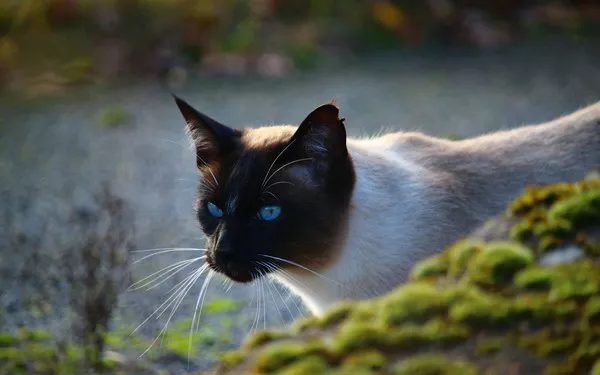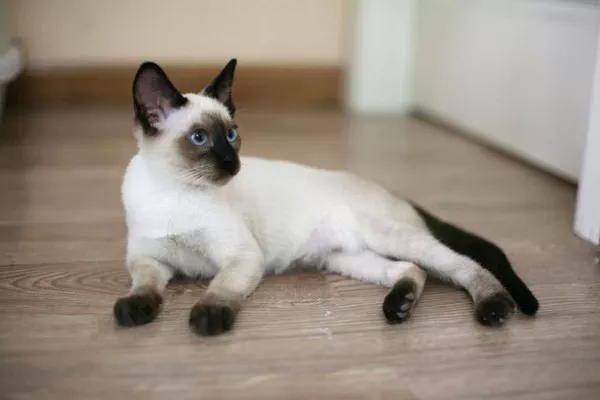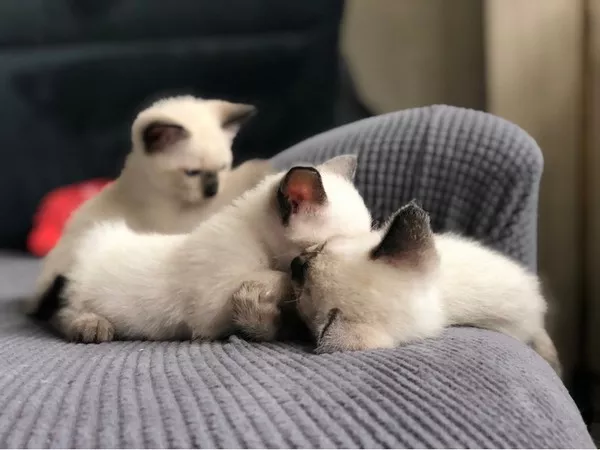Siamese cats are renowned for their striking appearance, with their sleek bodies, piercing blue eyes, and distinctive coat patterns. However, what truly sets Siamese cats apart from other feline breeds is their vocal nature. Siamese cats are known for their exceptional vocalizations, often described as chatty, talkative, or even demanding. In this comprehensive article, we delve into the reasons behind the vocal tendencies of Siamese cats, exploring their genetics, behavior, and unique characteristics that contribute to their vocal prowess.
1. Breed History of Siamese Cats
To understand why Siamese cats are so vocal, it is essential to delve into their breed history. Siamese cats have a long and storied past, originating from ancient Siam (now Thailand), where they were revered as sacred and kept as companions to royalty and nobility. These regal felines were believed to possess mystical powers and were often depicted in ancient artwork and literature.
Siamese cats were first introduced to the Western world in the late 19th century when they were presented as gifts to British diplomats stationed in Siam. They quickly gained popularity in Europe and North America, thanks to their elegant appearance and engaging personalities. Over the years, breeders selectively bred Siamese cats for specific traits, including their vocal nature, which became a defining characteristic of the breed.
2. Genetic Factors
One of the primary reasons why Siamese cats are so vocal lies in their genetic makeup. Genetic studies have revealed that Siamese cats carry a gene variant known as the “SILV” gene, which is associated with their vocalizations. This gene is responsible for the production of melanin, the pigment that gives Siamese cats their distinctive coloration, as well as controlling the development of their vocal cords.
The SILV gene is thought to influence the structure and function of the vocal cords in Siamese cats, resulting in their unique vocalizations. Specifically, this gene variant is believed to affect the muscles and tissues of the larynx, leading to increased flexibility and control over vocalizations. As a result, Siamese cats are capable of producing a wide range of sounds, from soft murmurs to loud, piercing cries, which they use to communicate with their human companions and express their needs and desires.
3. Social and Interactive Nature
Another factor contributing to the vocal nature of Siamese cats is their inherently social and interactive personalities. Siamese cats are known for their strong bonds with their human caregivers and their desire for constant companionship and attention. They thrive on human interaction and are highly adept at communicating their needs and emotions through vocalizations.
Siamese cats are not content to simply sit quietly and observe; they actively seek out opportunities to engage with their human companions and participate in household activities. Whether it’s following their owners from room to room, “talking” to them throughout the day, or demanding to be included in their daily routines, Siamese cats are always eager to make their presence known and their voices heard.
4. Emotional Expressiveness
Siamese cats are incredibly expressive creatures, and their vocalizations often reflect their emotional state. Whether they’re feeling happy, sad, excited, or anxious, Siamese cats are quick to vocalize their feelings and convey their emotions through meows, chirps, trills, and other vocalizations.
For example, a Siamese cat may greet its owner with a series of cheerful meows and purrs when they return home, expressing their joy at being reunited. Conversely, if a Siamese cat is feeling stressed or anxious, they may emit plaintive cries or yowls to signal their distress and seek reassurance from their human companions.
5. Attention-Seeking Behavior
Siamese cats are notorious attention-seekers and are known for their demanding behavior when it comes to seeking out affection and interaction from their owners. They are not shy about vocalizing their desires and will often use their voices to grab their owners’ attention and solicit pets, cuddles, or playtime.
If a Siamese cat feels neglected or ignored, they may resort to vocalizing loudly and persistently until their needs are met. This attention-seeking behavior is a hallmark trait of the breed and is one of the reasons why Siamese cats are so beloved by their owners.
6. Vocalization as a Form of Communication
In addition to seeking attention and expressing emotions, Siamese cats use vocalizations as a primary means of communication with their human companions. They have a remarkable ability to convey a wide range of messages through their vocalizations, from requests for food or water to expressions of affection or discomfort.
By paying attention to their cat’s vocal cues and body language, owners can learn to interpret their Siamese cat’s needs and respond accordingly. This mutual understanding fosters a deeper bond between humans and cats and enhances the quality of their relationship.
Conclusion
In conclusion, the vocal nature of Siamese cats is a fascinating aspect of their breed that sets them apart from other felines. From their genetic predisposition to their social and interactive personalities, Siamese cats are natural-born communicators who use vocalizations to express their needs, emotions, and desires. By understanding the reasons behind their vocal tendencies and embracing their chatty nature, owners can forge strong bonds with their Siamese companions and enjoy the unique joys of living with these charismatic and vocal felines.
























